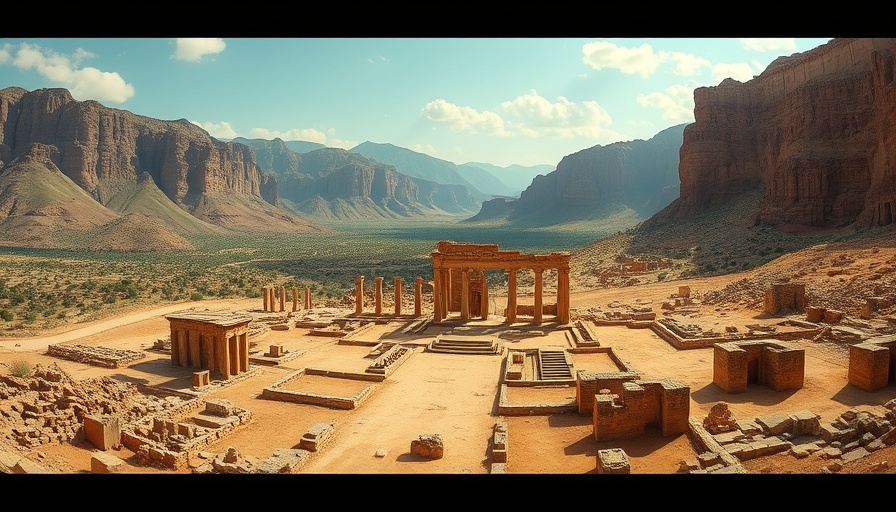
Unearthing History: The Discovery of Peñico
In a breathtaking twist that redefines ancient history, archaeologists have uncovered Peñico, a city dating back over 3,800 years nestled in the harsh environment of Peru’s Supe Valley. This remarkable find challenges conventional narratives about pre-Columbian cultures, illustrating that the cradle of civilization extends beyond the familiar empires of the Aztecs, Maya, and Incas.
The Cradle of Civilization
Peñico represents not just a collection of structures, but a profound glimpse into the Caral civilization, known for its peaceful existence long before recorded history captured their tales. Dr. Ruth Shady, the lead archaeologist, highlights how Caral's stunning lack of fortifications or weapons illustrates a society focused on trade and harmony rather than conflict. Unlike other civilizations of the time, the Caral people have left behind no signs of warfare; instead, they thrived on collaboration and community.
Life in the Desert: A Remarkable Adaptation
Picture the dry desert: it’s hard to fathom that it was once home to life and prosperity. The Caral civilization not only survived the harsh climate but adapted creatively, engaging in trading networks that reached far beyond their arid landscape. Through agriculture, they cultivated a variety of crops, including sweet potatoes and chili peppers, fetching minerals and exotic animals in return. This cross-cultural exchange reinforces the idea that societies thrive when they nurture connections, a powerful lesson even for us today.
A Glimpse into Caral’s Cultural Richness
Caral is often compared to contemporaneous civilizations in Mesopotamia and Egypt, but it sets itself apart significantly. It is a reminder of humanity’s potential for peace, creativity, and complexity. With structures like ceremonial temples and residential compounds, Peñico adds depth to our understanding of how ancient communities might have lived, celebrated, and connected. Wouldn’t it be great for our kids to learn about such cultural richness, inspiring them to appreciate diversity from an early age?
What This Discovery Means for Our Understanding of History
The unearthing of Peñico invites us to reconsider how history is written and who gets to tell those stories. The Caral civilization serves as an example of how societies can flourish without the destructiveness that often accompanies power struggles. As we teach our children these lessons, we set them on a path of empathy and understanding, critical traits for the future leaders of the world.
Connecting the Past with the Present: Educating Future Generations
Have you noticed a theme in many of our favorite adventure books? The transportive power of storytelling is palpable, illustrating marvelous discoveries much like Peñico. Adventure books are not just gateways to another world; they allow young readers to dive into past civilizations, perfect for igniting their imaginations and sparking an interest in history.
Final Thoughts: Why Discoveries Like Peñico Matter
This recent archaeological discovery serves as a timely reminder of the importance of peace, cooperation, and respect for one another. It invites us to reflect on how history shapes our present and how youthful curiosity must be nurtured through relatable stories and historical adventures. As we converse with our children about these ancient peoples, we equip them with the narratives that can inspire a better tomorrow.
By getting involved in museums or city tours that introduce our families to different cultures, we cultivate a world of awareness and understanding. So, why not plan an adventure to explore a new culture or book series that brings history alive? The world is a tapestry of stories waiting to be discovered!
 Add Row
Add Row  Add
Add 




Write A Comment